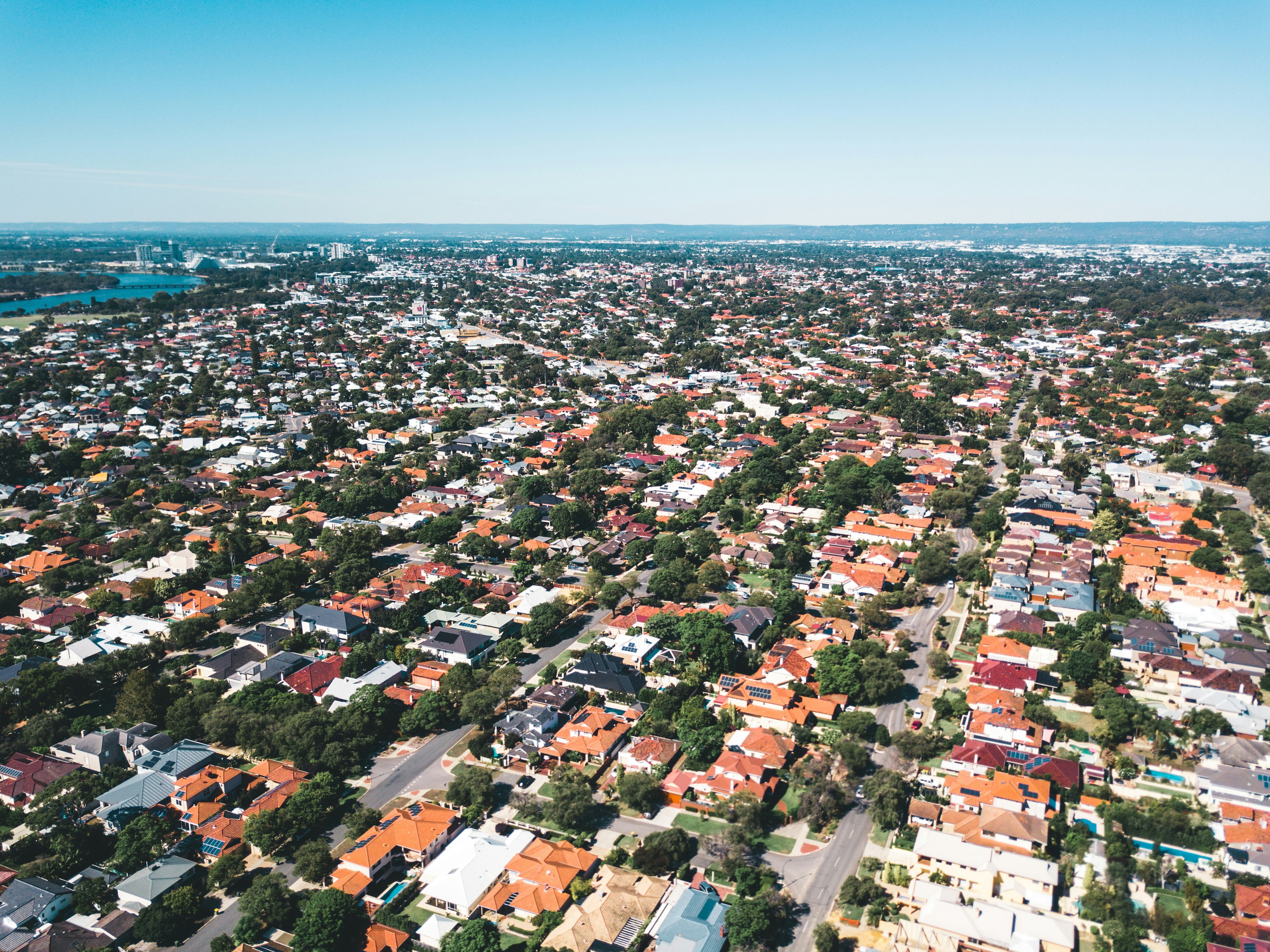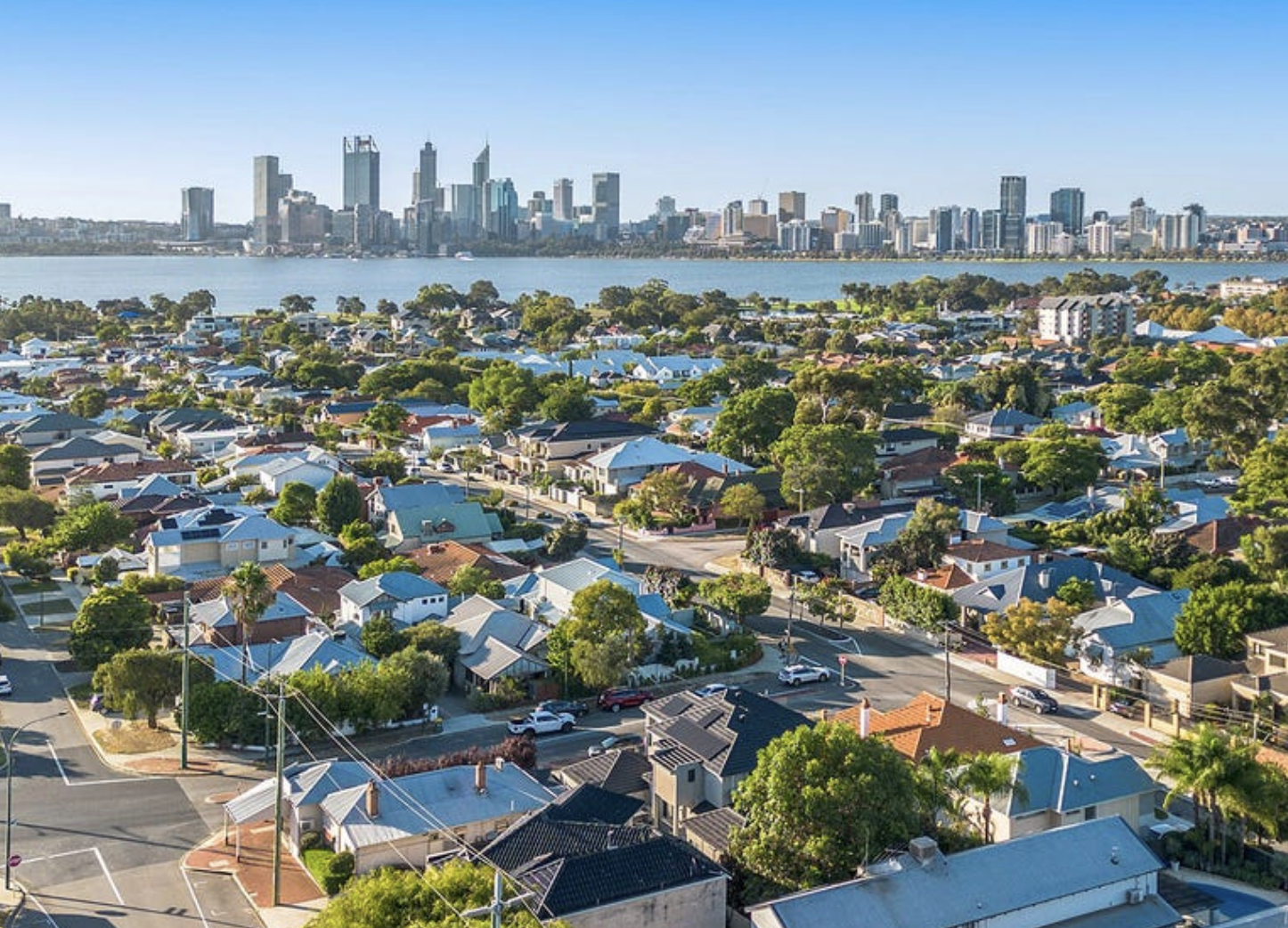If you own an investment property in Sydney, chances are your equity just lifted a notch.
Sydney property prices are skyrocketing again, and they’re now at an all-time high after a brief dip.
Yes, the pandemic and recession did take its toll on Sydney property prices in 2020.
But the downturn was short-lived, totaling -2.9% over just five months between May to September 2020.
Since then, Sydney housing values have bounced back by 5.7%, soaring past the peak seen in 2017, according to CoreLogic.

In Melbourne, where extended lockdowns had a greater impact on the market, property values are -1.3% from their pre-COVID peak.
Real estate prices started showing the first signs of recovery in October, when values in Sydney crept up by 0.1%.
The next month, they shot up by 0.4%.
Property prices climb nationally
And the good news doesn’t end there.
Australian real estate values jumped by 2.1% in February alone, the biggest month-on-month growth since 2003.
Every capital city in Australia is seeing rising values, suggestive of a wider upswing.
“The last time we saw a sustained period where every capital city and rest of state region was rising in value was mid-2009 through to early 2010, as post-GFC stimulus fuelled buyer demand,” CoreLogic’s Research Director, Tim Lawless, said.
Sydney and Melbourne were the big winners, with housing values up by 2.5% and 2.1% respectively, as the two powerhouse cities recover from their 2020 performances.
While Melbourne home values are still -1.3% below their record before the pandemic, it’s not expected to take long for the city to approach their peak at this rate.
Why property prices are going up
So what’s driving housing values?
It’s a mix of a few factors:
· a better-than-expected economic recovery
· record low interest rates for mortgage borrowers and holders
· unprecedented government incentives for property buyers
· low housing stock levels.
One of the more significant factors is Australia’s economic recovery, as COVID-19 restrictions ease across the nation and case numbers fall.
National accounts data showed the country’s gross domestic product (GDP) increased by 3.1% in the December quarter of 2020, thanks to a lift in household consumption, residential property investment, and business investment.
Investors are certainly taking action.

The latest data from the Australian Bureau of Statistics showing new investor mortgage commitments jumped by 9.4% in January 2021.
In the past 12 months, that number soared by 22.7%.
With animal spirits building up amid an improving economy and mortgage rates set to stay low, it’s no surprise that home values are hitting, or will hit, new records.












